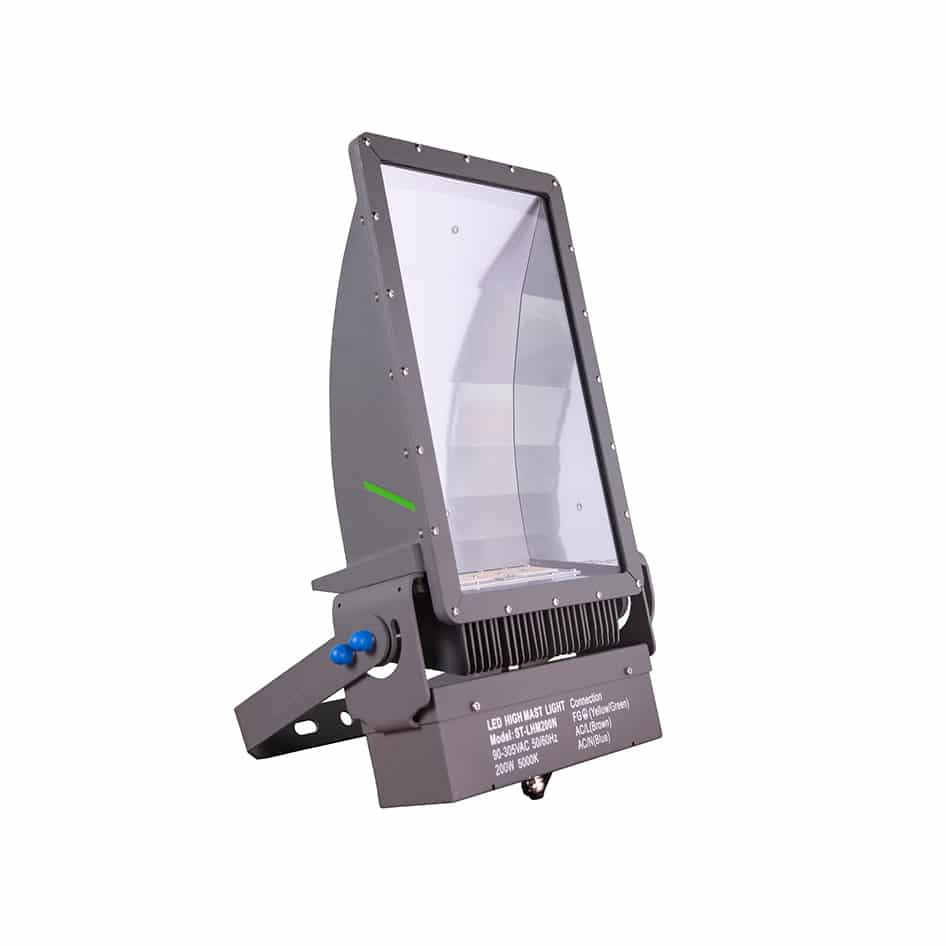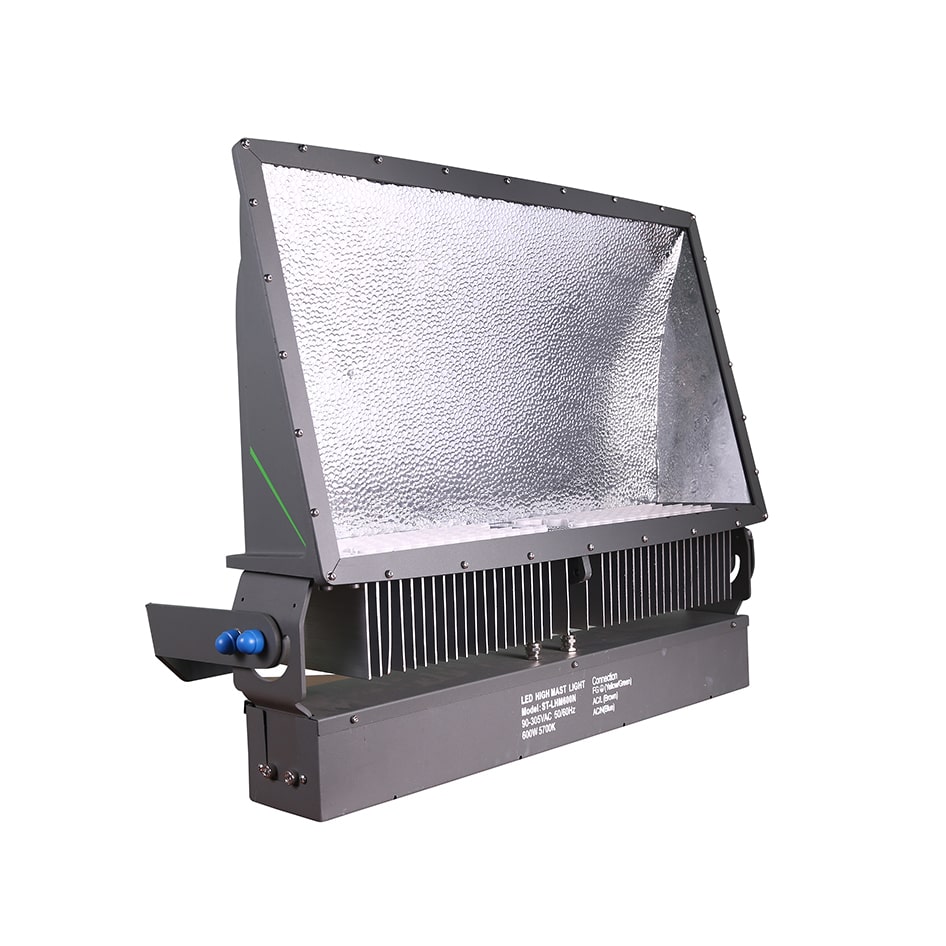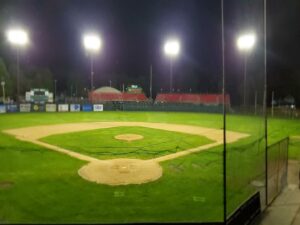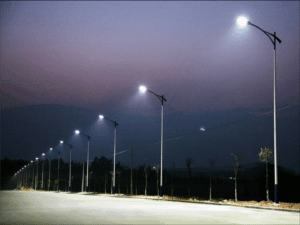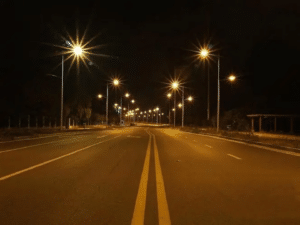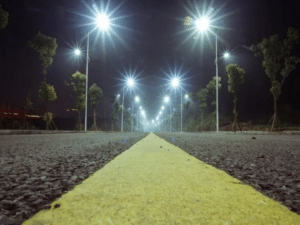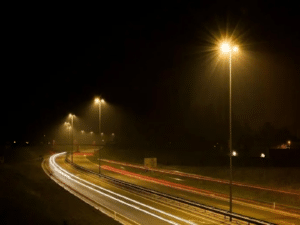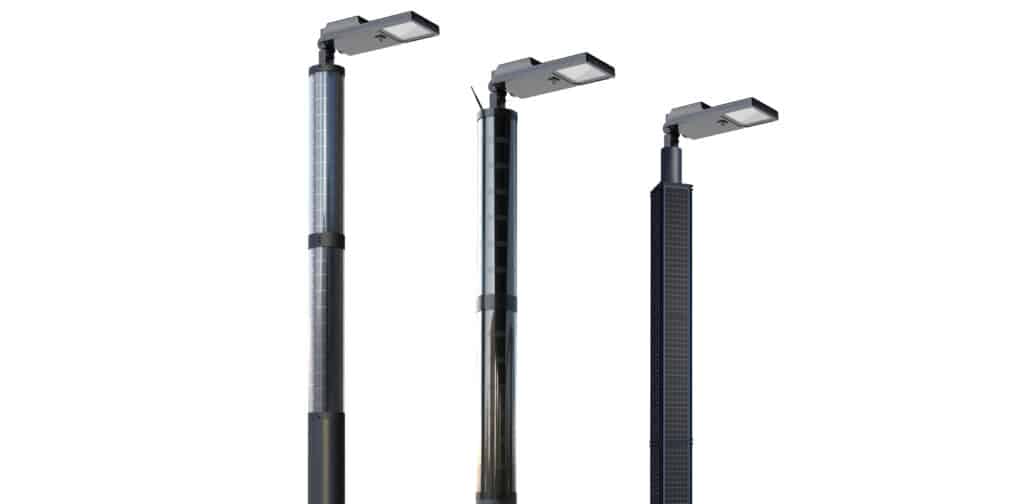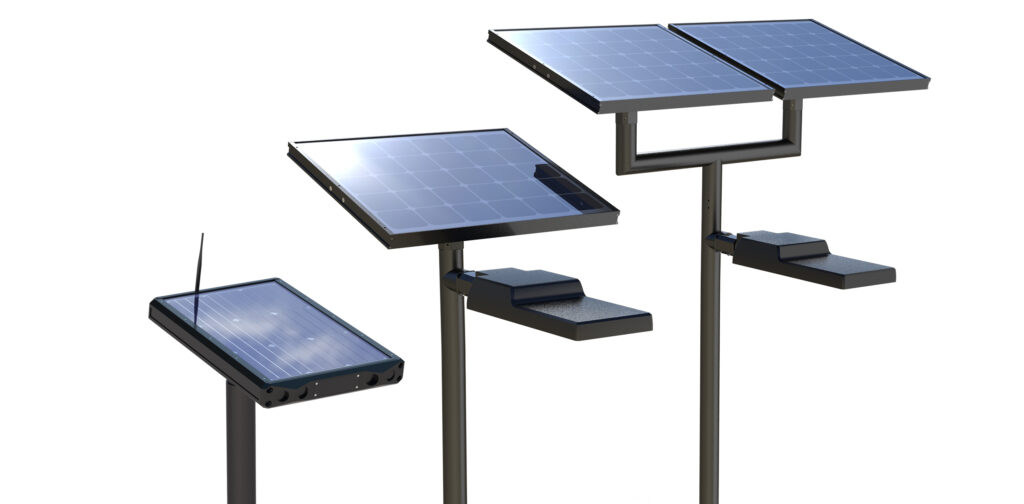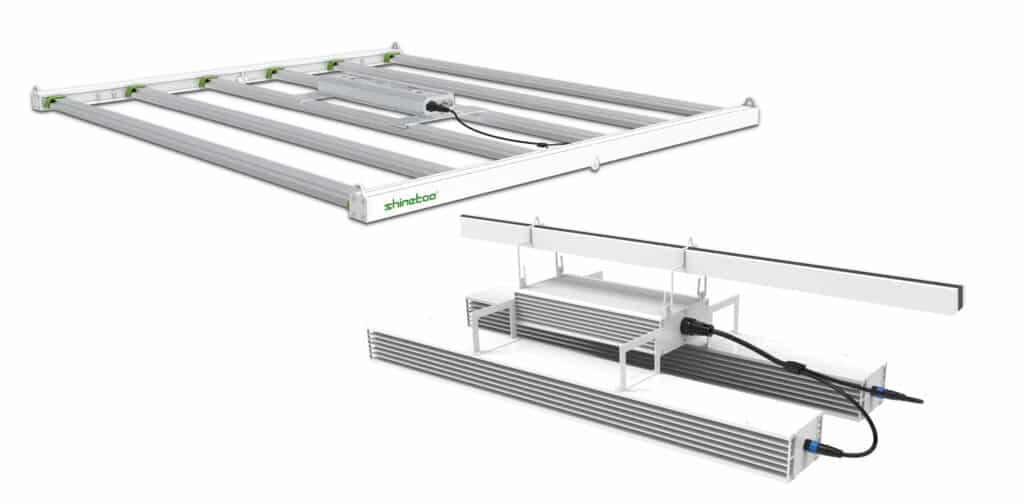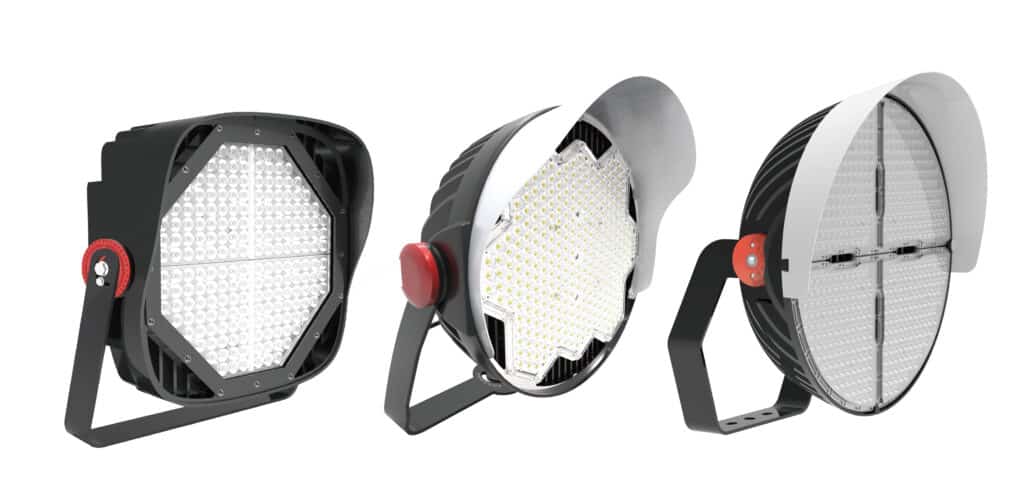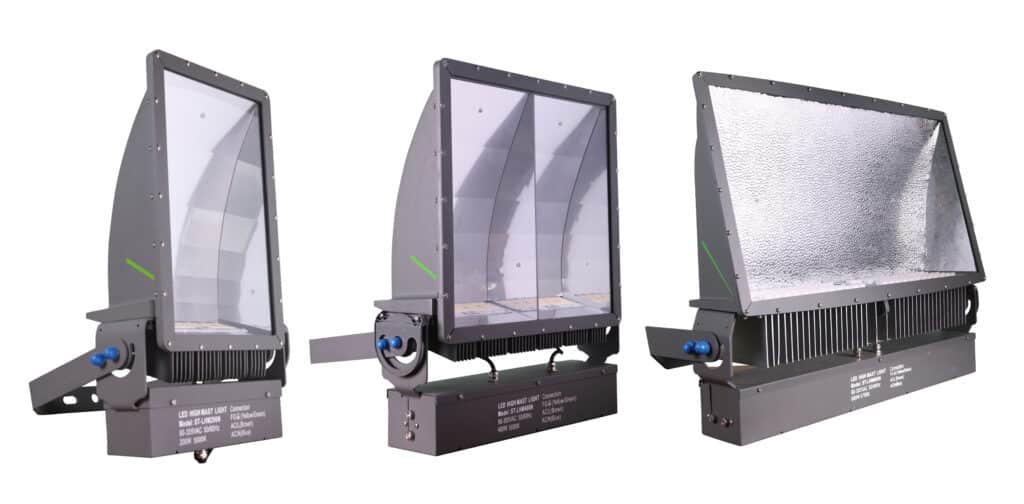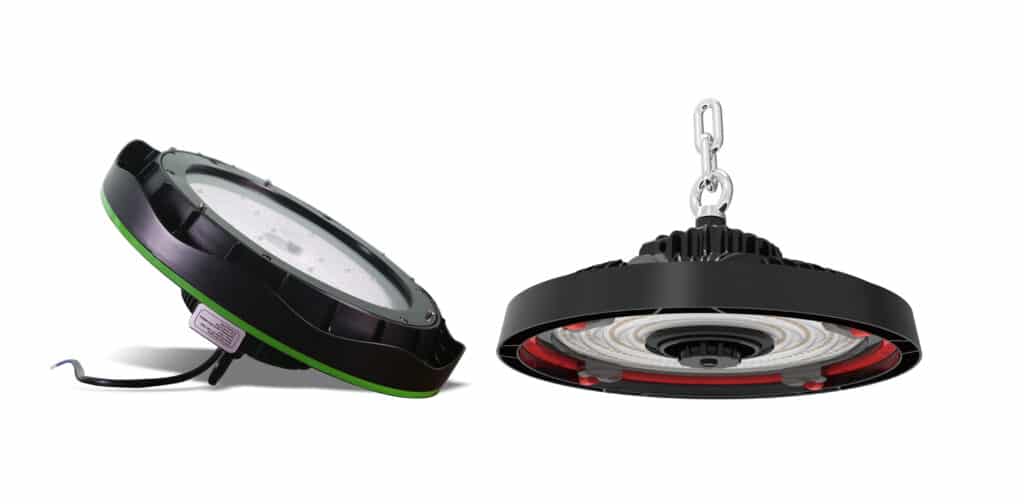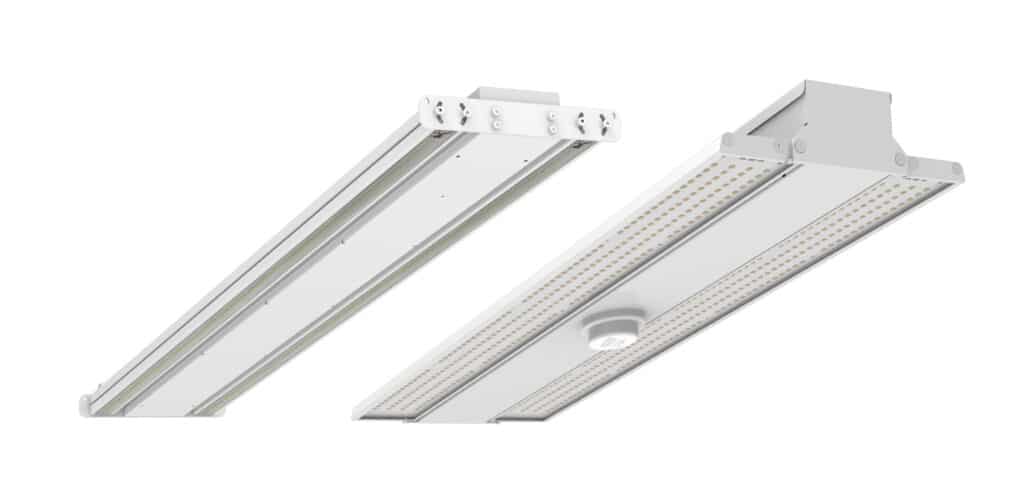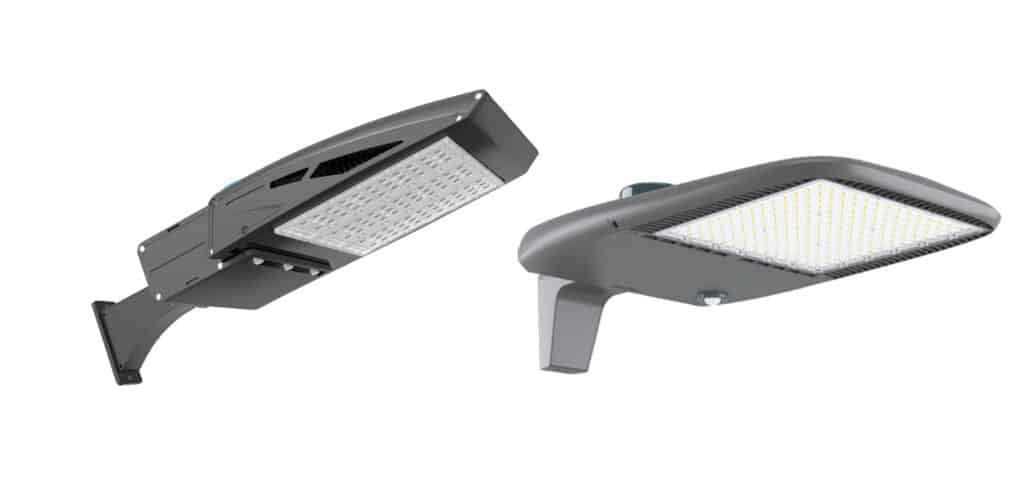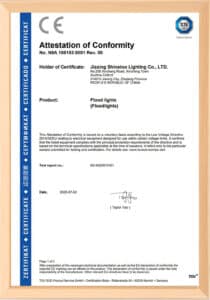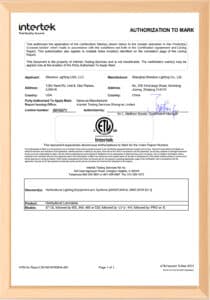The difference between symmetrical and asymmetrical light distribution of LED lights?
Regarding lighting, there are two main light distribution types: symmetrical and asymmetrical. Understanding the difference between the two can help you make an informed decision when choosing to light your space.
symmetrical lighting
Symmetrical lighting is characterized by an even distribution of light in all directions. It is often used in spaces requiring a balanced and uniform lighting scheme, such as factory, supermarket, and museum lighting. This type of lighting provides consistent lighting levels throughout the room, reducing the risk of glare or shadows.
Asymmetrical Lighting
On the other hand, asymmetrical lighting directs light to a specific area or direction. It is often used in spaces where specific objects or architectural features need to be highlighted, such as tennis court lighting, gymnasium lighting, and basketball court lighting. Asymmetrical lighting can also create dramatic lighting effects that add depth and dimension to a space.
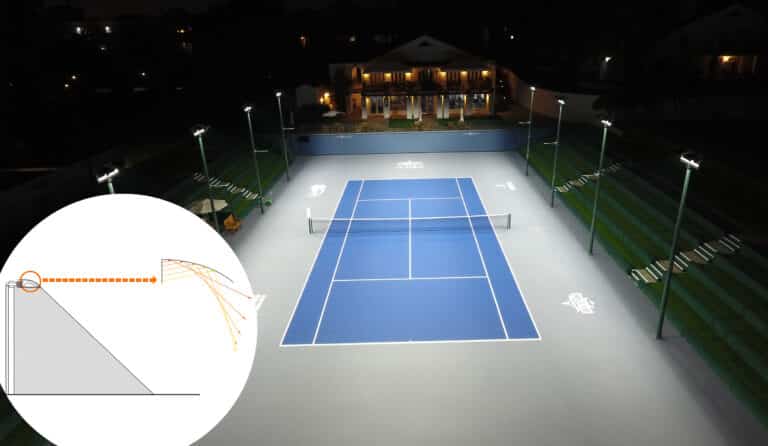
How to check if the lighting distribution is asymmetrical or symmetrical?
At shinetoo lighting, we understand the importance of proper lighting distribution to create a comfortable and visually appealing space. A common problem that can occur with lighting is an asymmetrical distribution, which can lead to uneven lighting and a lack of balance in the room.
Follow these steps to determine if your lighting distribution is symmetrical or asymmetrical.
Measure the distance between each light source and the nearest wall or object. The distribution is symmetrical if the distances are equal on both sides of the room. If the distances differ significantly, it may be asymmetrical.
Observe the brightness levels in different areas of the room. If there is a significant difference in brightness on opposite sides of the room, then the distribution is likely to be asymmetrical.
Use a light meter to measure the illuminance level at various points throughout the room. If the readings vary greatly, then the distribution is asymmetrical.
If you determine that your lighting distribution is indeed asymmetrical, several solutions can help create a more balanced and visually pleasing environment. These include repositioning existing lights, adding additional light sources, or using reflective surfaces like mirrors to redirect light.
At shinetoo lighting offers a range of lighting solutions to help you achieve optimal distribution and create the perfect ambiance for any space. Contact us today to learn more about our services and how we can help you achieve your lighting goals.
Maintaining a symmetrical lighting distribution is essential to creating a well-lit, harmonious space. By following these simple steps and utilizing professional lighting solutions, you can ensure a visually stunning, functional, and aesthetically pleasing environment.
Advantages, and disadvantages of symmetrical lighting distribution
At shinetoo lighting, we understand the importance of lighting in a variety of situations. Whether it’s an outdoor event, a stadium, or a parking lot, choosing the right lighting is critical to ensuring safety, visibility, and an enjoyable experience for everyone. This article will discuss the pros and cons of symmetrical lighting, which is typically used for highbay and floodlights.
Advantages of Symmetrical Lighting
Balanced illumination. Symmetrical lighting provides equal illumination on both sides of the light source, creating a balanced and even distribution of light. This is particularly useful on large sports fields, where athletes and spectators need to see clearly from all angles.
Reduce shadows. Symmetrical lighting minimizes shadows, resulting in better visibility and reduced glare. This enhances safety, especially when precision and accuracy are critical, such as at airports or construction sites.
Easy to install. Symmetrical lighting is easy to install and maintain, making it a cost-effective option for many businesses and organizations. It also requires fewer luminaires, reducing energy costs and environmental impact.
Disadvantages of symmetrical Lighting
Limited coverage. Symmetrical lighting has limited coverage and may not be suitable for applications that require focused lighting, such as highlighting specific architectural features or landscaping.
Glare. While symmetrical lighting reduces shadows, it also produces glare, which is uncomfortable for people and can interfere with sight lines. This is especially true when the light source is in the line of sight.
Light pollution. Symmetrically lit high mast lights can cause light pollution, which can harm wildlife and affect nearby residents’ quality of life.
Advantages and disadvantages of asymmetric lighting
Currently, non-uniform or asymmetric lighting is becoming increasingly popular in sports and street lighting. This type of lighting has some advantages over traditional uniform lighting but disadvantages. In this article, we will explore the advantages and limitations of asymmetric lighting.
Advantages of asymmetric Lighting
Reduced light pollution: Unlike uniform Lighting, asymmetric lighting directs light only where needed, reducing light pollution. It minimizes the amount of light that spills into areas without lighting, such as the sky or adjacent properties.
Energy efficiency: Asymmetrical Lighting can provide sufficient illumination using fewer fixtures, resulting in significant energy savings. Targeted lighting reduces the overall power consumption of the lighting system.
Improved visibility: Asymmetrical lighting provides better visibility than uniform Lighting, especially where glare can be problematic. It improves visual acuity and helps reduce eye strain.
Enhanced safety: Asymmetrical Lighting can improve safety in several ways. For example, it can help drivers see pedestrians, cyclists, and other vehicles more clearly. It can also enhance safety in public places, making it easier to spot potential hazards or suspicious activity.
Disadvantages of asymmetric Lighting
Uneven illumination: Asymmetrical Lighting can produce uneven light distribution, which may be undesirable in some situations. For example, it can produce shadows or dark spots, making seeing objects in these areas difficult.
Limited Applications: Asymmetrical Lighting is unsuitable for all lighting applications. It works best when light needs to be directed toward a specific area, such as in stadiums or street lighting.
Higher initial cost: Asymmetric lighting systems can be more expensive to install than traditional uniform lighting. However, over time, energy savings and lower maintenance costs can offset this cost.
Asymmetrical LED Floodlights Recommended
The better asymmetrical LED lights on the market with anti-glare functions are generally more popular with shinetoo lighting. For example, G1-S2 LED floodlight 300-400W suitable for sports scene lighting (tennis court lighting, soccer field lighting, basketball court lighting). It can prevent glare and light pollution, bringing a more comfortable lighting effect for spectators and athletes.
Asymmetric Lighting in flood lighting
Asymmetric lighting is a technique that has been used in LED Lighting for decades to achieve uniform brightness levels. It involves using lenses and reflectors to redirect light in different directions to produce a more uniform light output. In recent years, asymmetric lighting has become increasingly popular in LED floodlights and spotlights because it provides high-quality lighting with low energy consumption.
At our company, we have developed cutting-edge technology to use asymmetric Lighting in LED floodlights and spotlights. Our products are designed to provide superior lighting performance while minimizing energy use, making them ideal for commercial and industrial applications.
One of the main advantages of our asymmetric lighting technology is that it allows precise control of the direction and intensity of the light beam. This means we can customize our lights to meet the specific needs of our customers, whether they require large-area lighting or a concentrated spotlight.
In addition to the benefits of lighting performance, our technology can provide significant cost savings to businesses. By reducing energy consumption, our lights help lower utility bills and reduce carbon footprints while maintaining high-quality lighting performance.
Overall, our asymmetric lighting technology represents a breakthrough in LED lighting, providing superior lighting performance, energy efficiency, and cost savings. If you are looking for a high-quality LED flood or spotlight for your business or industrial space, look no further than our innovative products.
Asymmetrical Lighting Distribution in LED Sports Lighting
Asymmetric Lighting in LED sports lighting has revolutionized the way we illuminate sports fields. In this article, we will discuss the application and benefits of asymmetric Lighting in LED sports lighting.
Asymmetric dosing is a technique that directs light to specific areas rather than spreading it evenly across the field. This technique can better illuminate certain areas of the field, such as the playing field while reducing glare and light spillage into surrounding areas.
The use of asymmetrically distributed light in LED sports lighting has many benefits. First, it ensures that players can see the ball clearly, improving their performance and reducing the risk of injury. Secondly, it minimizes light pollution, reduces energy consumption, and minimizes environmental impact by directing light to where it is needed.
LED lights with asymmetric light distribution are also more durable and require less maintenance than traditional lighting systems. They last longer, can withstand weather damage, and do not require frequent bulb replacement.
In summary, asymmetric dosing in LED sports lighting offers many benefits, including improved player performance, reduced energy consumption, minimized light pollution, and lower maintenance costs. By implementing this technology, sports facilities can provide better lighting while also reducing their environmental impact.
